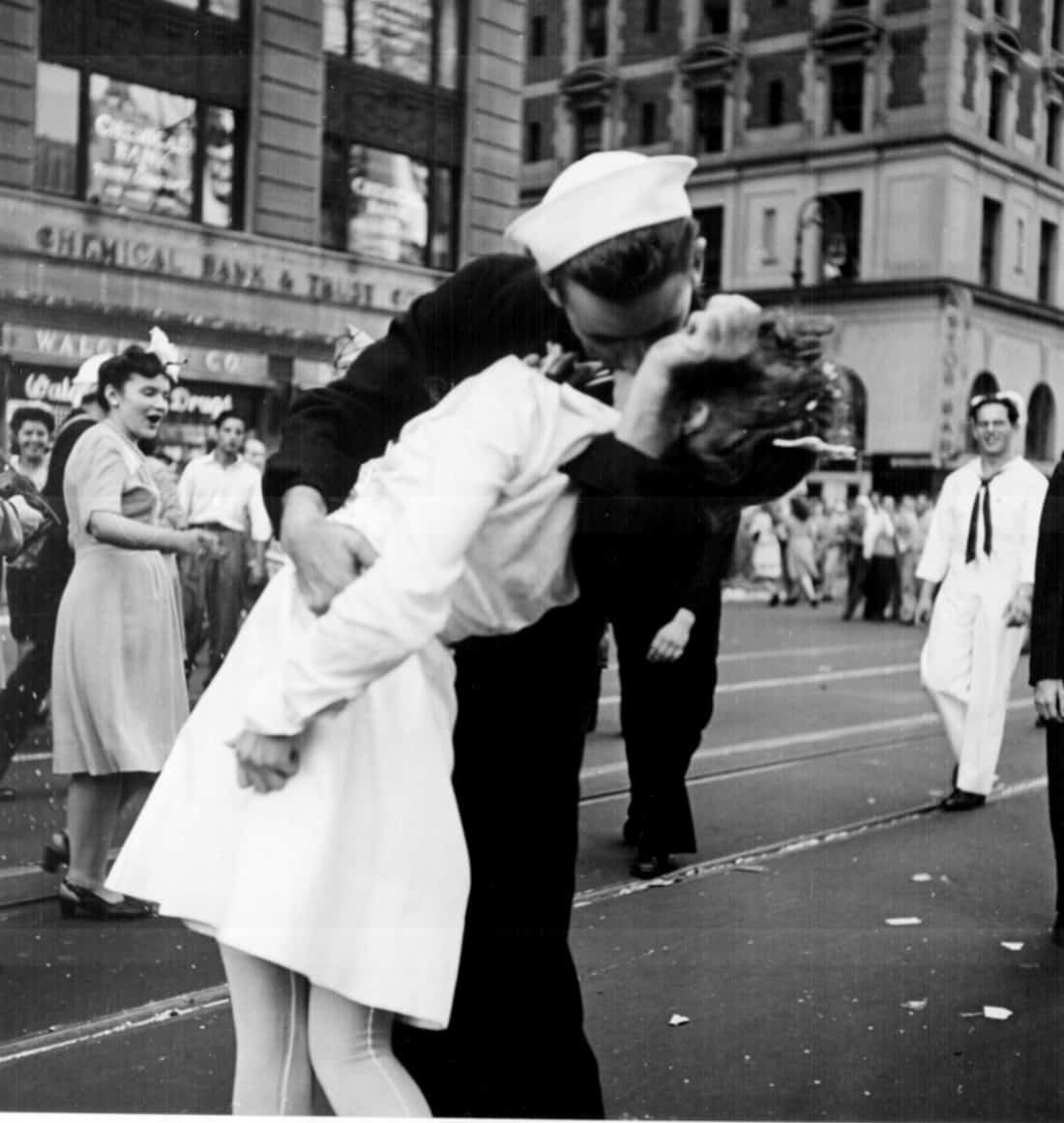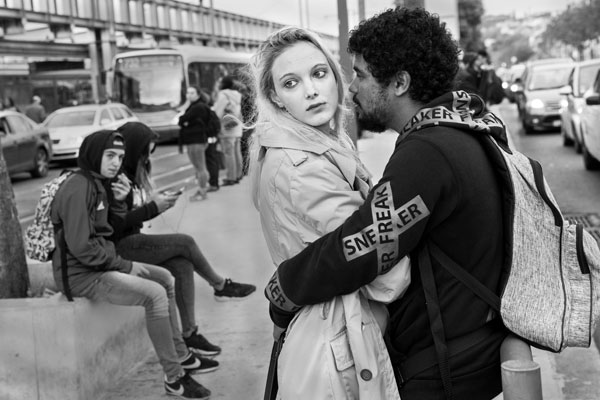The Buzz on Framing Streets
Table of ContentsThe Best Guide To Framing StreetsIndicators on Framing Streets You Should KnowNot known Facts About Framing StreetsIndicators on Framing Streets You Should KnowThe 4-Minute Rule for Framing StreetsGetting The Framing Streets To Work
, typically with the purpose of catching photos at a definitive or poignant moment by careful framework and timing. https://framingstreets1.edublogs.org/2024/01/10/framing-streets-mastering-the-art-of-street-photography/.
The smart Trick of Framing Streets That Nobody is Talking About
Susan Sontag, 1977 Street digital photography can concentrate on people and their behavior in public. In this respect, the street digital photographer is comparable to social documentary professional photographers or photojournalists that also work in public areas, yet with the aim of capturing newsworthy occasions. Any one of these digital photographers' photos might catch people and property noticeable within or from public areas, which commonly involves navigating ethical issues and regulations of personal privacy, safety, and residential property.
Representations of everyday public life develop a genre in nearly every duration of world art, starting in the pre-historic, Sumerian, Egyptian and very early Buddhist art periods. Art managing the life of the street, whether within sights of cityscapes, or as the leading motif, shows up in the West in the canon of the Northern Renaissance, Baroque, Rococo, of Romanticism, Realistic look, Impressionism and Post-Impressionism.
Not known Factual Statements About Framing Streets
Louis Daguerre: "Boulevard du Temple" (1838 or 1839) In 1838 or 1839 the first photo of numbers in the road was taped by Louis-Jacques-Mand Daguerre in among a set of daguerreotype sights taken from his workshop home window of the Blvd du Temple in Paris. The second, made at the height of the day, reveals an unpopulated stretch of street, while the other was taken at regarding 8:00 am, and as Beaumont Newhall reports, "The Boulevard, so regularly loaded with a relocating bunch of pedestrians and carriages was flawlessly singular, except an individual who was having his boots brushed.
His boots and legs were well specified, but he is without body or head, due to the fact that these were in activity." Charles Ngre, waterseller Charles Ngre. https://www.twitch.tv/framingstreets1/about was the first digital photographer to achieve the technological sophistication called for to register people in motion on the road in Paris in 1851. Photographer John Thomson, a Scotsman dealing with reporter and social activist Adolphe Smith, published Street Life in London in twelve month-to-month installments beginning in February 1877
The smart Trick of Framing Streets That Nobody is Discussing
Eugene Atget is considered as a progenitor, not due to the fact that he was the first of his kind, but as an outcome of the popularisation in the late 1920s of his record of Parisian streets by Berenice Abbott, that was inspired to undertake a comparable documents of New york city City. [] As the city created, Atget aided to advertise Parisian roads as a deserving subject for photography.

Little Known Facts About Framing Streets.
Martin is the first taped photographer to do so in London with a masked camera. Mass-Observation was a social research organisation founded in 1937 which intended to tape everyday life in Britain and to videotape the responses of the 'man-in-the-street' to King Edward VIII's abdication in 1936 to marry divorce Wallis Simpson, and the succession of George VI. In between 1946 and 1957 Le Groupe des XV every year displayed job of this kind. Andre Kertesz. Circus, Budapest, 19 May 1920 Road photography formed the major content of 2 exhibits at the Museum of Modern Art (Mo, MA) in New york city curated by Edward Steichen, Five French Photographers: Brassai; Cartier-Bresson, Doisneau, Ronis, Izis in 1951 to 1952, and Post-war European Digital Photography in 1953, which exported the concept of street digital photography globally.

The smart Trick of Framing Streets That Nobody is Discussing
The recording maker was 'a covert cam', a 35 mm Contax hidden below his coat, that was 'strapped to the breast and attached to a lengthy wire strung down the appropriate sleeve'. However, his work had little modern influence as as a result of Evans' level of sensitivities concerning the originality of his task and the personal privacy of his topics, it was not released till 1966, in guide Lots of Are Called, with an intro created by James Agee in 1940.
Helen Levitt, after that an educator of young youngsters, connected with Evans in 193839. She recorded the transitory chalk illustrations - Lightroom presets that belonged to children's street society in New york city at the time, in addition to the kids who made them. In July 1939, Mo, MA's brand-new digital photography section included Levitt's operate in its inaugural eventRobert Frank's 1958 publication,, was considerable; raw and commonly indistinct, Frank's images examined traditional photography of the time, "tested all the official guidelines laid down by Henri Cartier-Bresson and Pedestrian Evans" and "flew in the face of the wholesome pictorialism and sincere photojournalism of find this American publications like LIFE and Time".